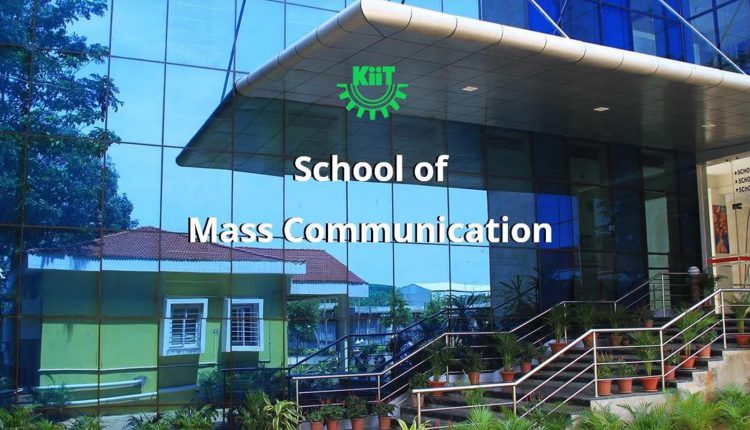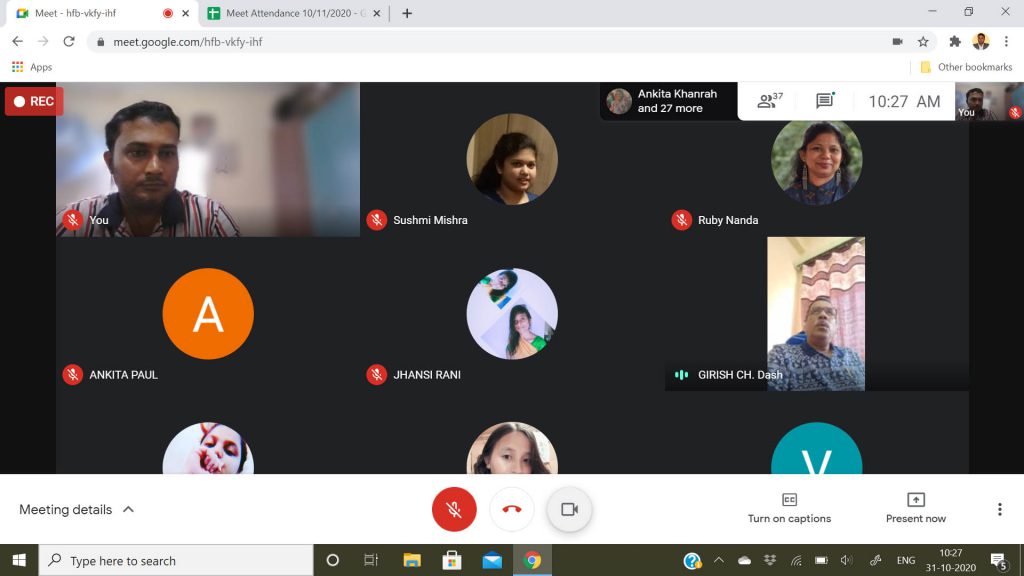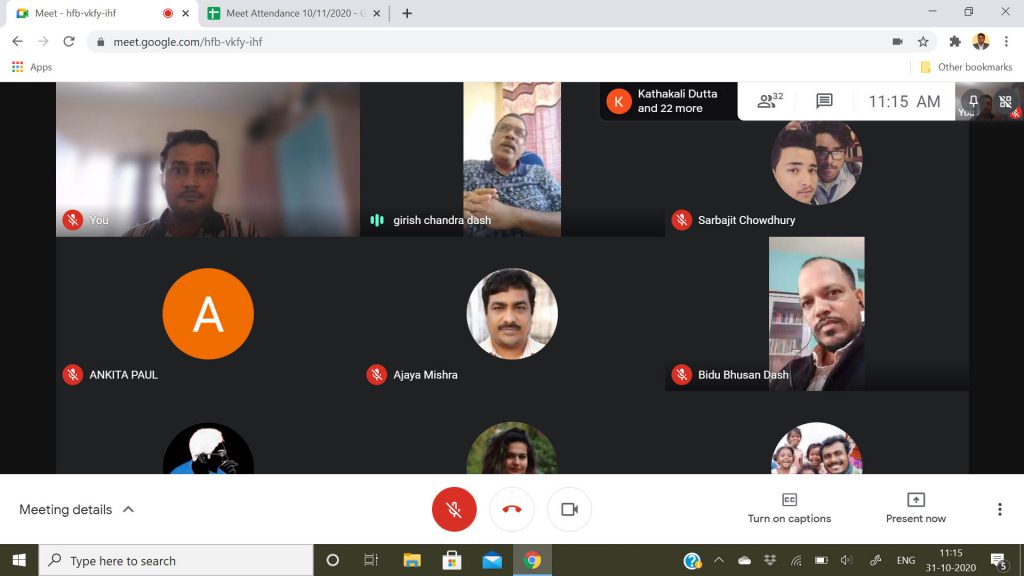Subject Expert Engagement (SEE) Series
Dr. Girish Chandra Dash, Deputy Director, All India Radio Delivers Talk at KSMC
“The real danger is not paucity of news but abundance of news”: Dr Girish Chandra Dash
The fourth online talk under the Subject Expert Engagement (SEE) Series was held at KIIT School of Mass Communication today. The invited speaker Dr. Girish Chandra Dash, Deputy Director of All India Radio (AIR) spoke at length about radio news, its content, character, and presentation. Dr. Dash is also the Deputy Director of the Press Information Bureau, Bhubaneswar and Deputy Director and Editor of Yojana Magazine (Odia edition).
At the beginning, KSMC Course Coordinator and convener of the programme Dr. Bidu Bhusan Dash introduced KIIT Deemed to be University and the School of Mass Communication (KSMC). Ms. Ruby Nanda, Assistant Professor of KSMC & SEE Coordinator welcomed the guests and briefly introduced the SEE programme.
Dr. Dash spoke on the topic “Radio News: Its Content and Character, Purpose and Presentation”. He started with a brief history of All India Radio and radio news. “Radio news was started on 23rd July 1927 in India. Today All India Radio puts out 600 bulletins every day in more than 90 languages and dialects”, he said.
Dr. Dash said that radio news carries weight as AIR even now has a monopoly over radio news in India. He said that radio was introduced to people as a news medium first and it helped fulfill the “hunger for news” in human beings. The content of radio is “here and now”.
Talking about the competition faced by radio news, he said, “A number of community radio stations have also come up which have dedicated listeners. It is not a contest between television and radio but rather a division of predilections of the listeners – some prefer TV, while some prefer radio. The chief quality of radio is the speed with which news can be broken to the people.”
Dr. Dash pointed out that the appearance of social media platforms has overtaken radio in the aspect of the speed of news. He cautioned, “fake news is riding the crest of information today and we should be careful”, and affirmed “AIR is an authentic source of news for audiences”. He shed light on important aspects while writing a radio news bulletin. He said that News presentations should be concise, clear and current. “An AIR news bulletin’s maximum limit is 30 minutes. In a 10-15 minutes bulletin, 10- 12 topics can be covered,” he added.
The news item should answer all 5Ws and 1H. Further attention should be given to the language and syntax, if the syntax is not properly drafted the meaning becomes very different. The news presentation should be as neutral as possible by the way of intonation, pronunciation and diction. A reader can speak comfortably 2 words per second; this should be kept in mind while creating the script. He also gave students useful tips like rounding up of decimal figures, the writings should be musical with the use of alliteration. He advised to avoid parenthetical expressions.
The SEE talk series seeks to promote student and expert engagement for an elaborate and extensive knowledge delivery and aims to extend the horizon of the learners beyond the confines of the syllabus.
The session was moderated by Ms. Ankita Paul and Ms. Urvy Yaduvanshi, 2nd year students of KSMC. Mr. Souptik Garai and Dr. V R Raju from School of Mass Communication and Mr. Ajay Mishra from School of Film and Media Sciences were present along with students from the school.
The talk ended with an interaction, where the speaker took queries from the audience. The vote of thanks was proposed by Dr .Anurag Sahu, Assistant Professor, School of Mass Communication.
The earlier talks under the series were delivered by Mr. Debarun Dutta, Executive Director Drishti; Mr. Ashish Jha, Chief Content Strategist, Buddy4study.com; and Mr. Shubhranshu Choudhary, Founder, CGNet Swara.




